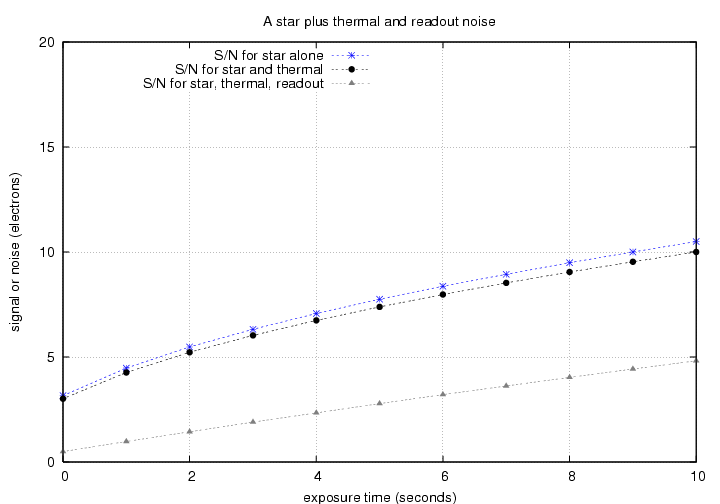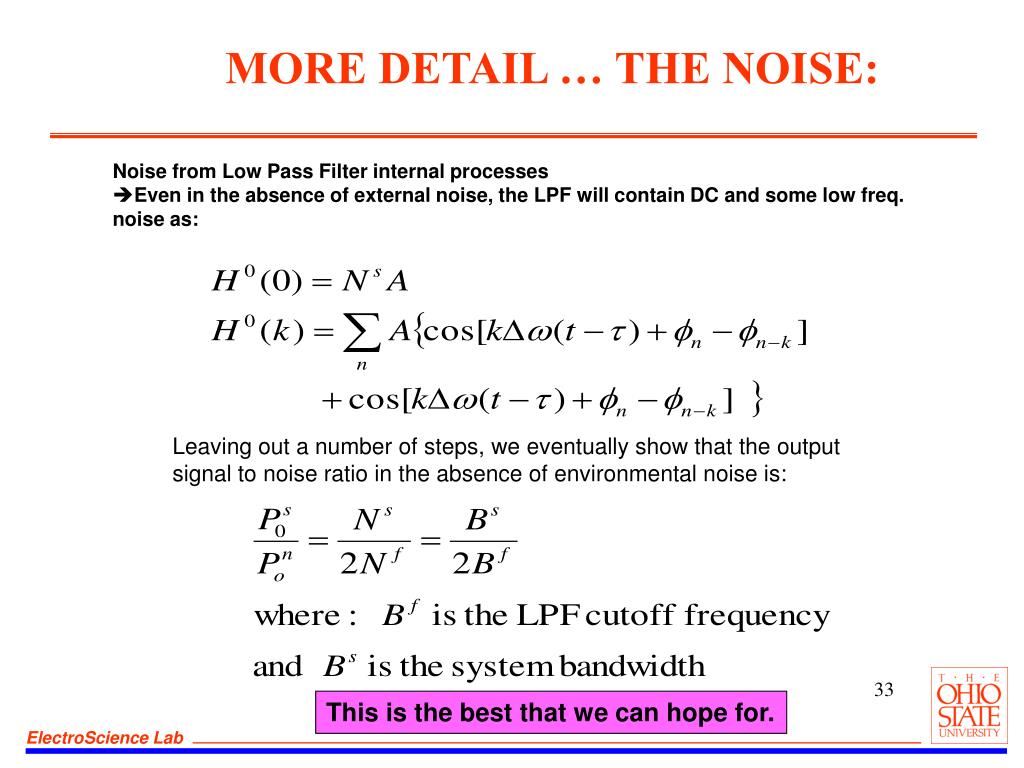

AbsorbanceĪbsorbance is measured in the dimensionless unit, AU. Please note that absolute irradiance is not the technically correct terminology for this quantity as this quantity is wavelength dependent, the correct terminology should be absolute spectral irradiance. The modified spectrum is given in terms of power per area per wavelength, commonly expressed in units of µW/cm 2*nm. This modifies the shape and magnitude of the whole spectrum, correcting for the instrument’s individual instrument response function.

Absolute (Spectral) Irradiance CalibrationĪbsolute irradiance calibrations require a lamp of known spectral power output to calibrate the spectrometer’s response at each pixel. Aberration can cause spectral peak shapes to be non-Gaussian for small slits and ultimately, limits a system’s optical resolution when the entrance slit size is small. It is possible to reduce the effects of some of these aberrations through the use of sophisticated optics and thin film coatings. Spherical aberration – light at the edge of a lens is focused more or less sharply than light at the center is focused, which leads to a sharp object becoming blurred around the edges.Astigmatism – light travelling in two perpendicular planes is focused at different distances by a lens, so part of an image may be in focus when another is blurred.

Coma – off-axis point sources are smeared out, so they may appear with a tail.Chromatic aberration – different wavelengths are focused to different points by a lens, leading to fringe patterns in the spectrum.Different kinds of aberration that can affect an optical system include these: Aberrations are not necessarily due to flaws in the optical elements, but occur because the simple paraxial theory is not a completely accurate model of the effect of an optical system on light. In a spectrometer, an optical aberration is typically seen when light from a single point does not converge back into a point after passing through the system and is seen as a “blur” or “smear” in the spectrum. An optical aberration is a departure of the performance of an optical system from the predictions of parallel axis optics.


 0 kommentar(er)
0 kommentar(er)
